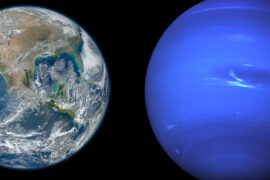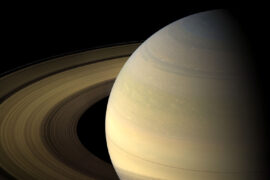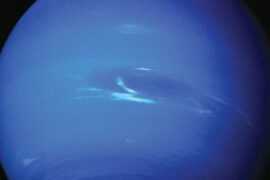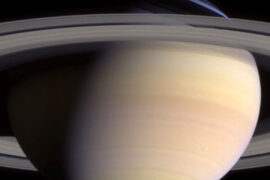There are millions of star systems similar to our very own Solar System in the universe. From all of those, Alpha Centauri is our closest neighbor. It is located 4.37 light-years away from us and it is very interesting because while our Solar System only has one Sun, Alpha Centauri has 3!.
These three stars are called Alpha Centauri A, Alpha Centauri B, and a much smaller red dwarf called Proxima Centauri.
Many questions arise when we imagine a system like this. Does Alpha Centauri have planets like our Solar System? are they habitable? how big are they and how do they orbit around the multiple stars?
Here’s what we know so far.
Does Proxima Centauri have planets?
Yes! At least two planets have been confirmed to exist in Alpha Centauri and other three strong candidates are currently close to confirmation but still further research.
These two planets are called Proxima Centauri b, and Proxima Centauri c, as they both orbit around the Proxima Centauri star.
One more strong candidate called Proxima Centauri D was discovered in 2022. The exciting thing about Proxima D is that it is located in the goldilocks zone of its host star. Proxima D would have about 25% the mass of Earth and is closer to Proxima Centauri than Mercury is to the Sun.
The 3 stars in Alpha Centauri can theoretically support planetary systems so it is possible more planets could be found in the future.
Finding exoplanets (planets in other star systems other than our own), is still a very hard, and tricky process. There are multiple methods to try to find them, but for the most part they require the planet to have a certain size, a specific orbit, or a considerable mass. Only 4,777 exoplanets have been currently found. This seems like a good number until you compare it to the more than 84 million stars that are cataloged and the fact that billions of these exoplanets have been theorized to exist.
The discovery of these planets happened very recently. The first candidate was only discovered in 2012, but it was later discarded as an error in the data. It was until 2016 when Proxima Centauri b was discovered as the first planet in Alpha Centauri, while Proxima Centauri c was just discovered in 2020.
It is hard to predict the composition of planets so far away, but it is likely Proxima Centauri C could be a Neptune-like gas planet.
As for Proxima Centauri B, it seems to be a rocky planet that would be a great candidate to be an Earth-like planet, except it is subject to stellar wind pressures 2,000 times higher than Earth which makes it unlikely that it could have any sort of atmosphere, reducing the odds it could support liquid water.
Proxima Centauri Planets Fact Sheet
The following is a table with everything we know about the confirmed and unconfirmed planets in our neighboring star system. Below the table there’s an explanation for the units used in the table
| Name | Status | Star | Orbital period | Distance to star | Mass | Radius |
|---|---|---|---|---|---|---|
| Proxima Centauri b | confirmed | Proxima Centauri | 11.2 | 0.05 | 1.6 | 1.3 |
| Proxima Centauri C | confirmed | Proxima Centauri | 1928 | 1.48 | 7 | – |
| Proxima Centauri D | unconfirmed | Proxima Centauri | – | – | 0.26 | – |
| Alpha Centauri Ab | unconfirmed | Alpha Centauri A | 360 | 1.1 | 20-50 | 3 |
| Alpha Centauri Bc | unconfirmed | Alpha Centauri B | 12.4 | – | – | 0.92 |
Orbital period: Given in Earth days. It is the number of our days it takes for the planet to make one complete trip around its star.
Distance to star: Measured in AU, or Astronomical Units. 1 AU is the average distance from Earth to the Sun, so a distance of 1.1 AU for Alpha Centauri Ab means the planet is almost exactly at the same disatnce to its star that we are to our own. Because of this, the duration of its year is also very similar to our own at 360 days. Cool, isn’t it?
Mass: Given in Earth Masses. One Earth Mass = 5.97 x 1024 kg
Radius: Given in Earth Radii. One Earth Radius = 6,371 kilometers. This means a planet with a radius of 2 Earth Radii would be twice as big as our planet. For comparison, Jupiter has a radio of approximately 11.2 Earth Radii.
Are the planets in Alpha Centauri habitable?
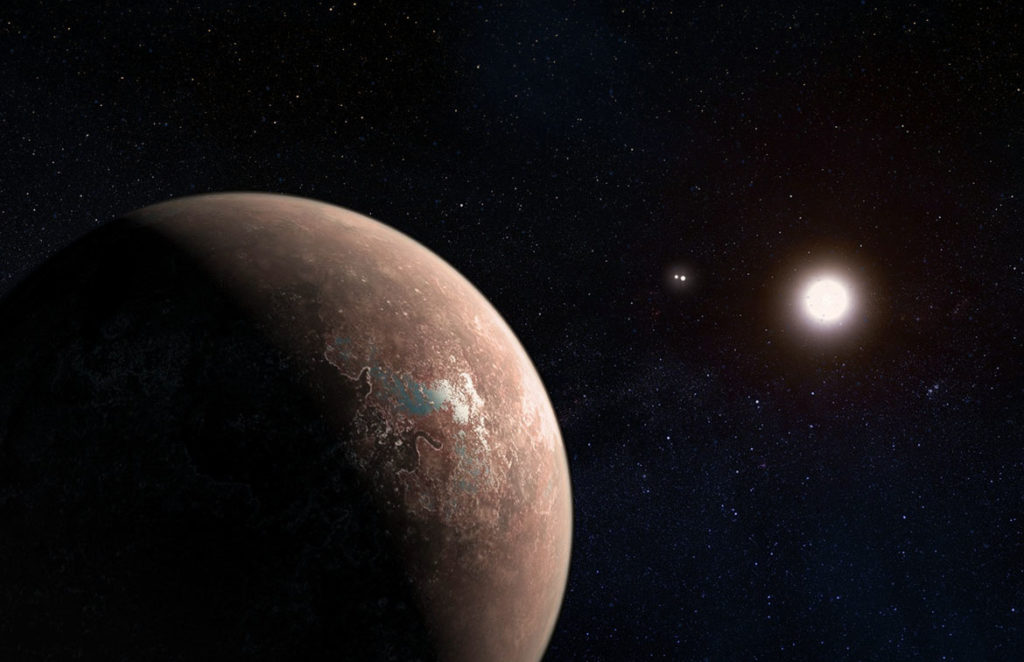
We don’t know yet if any planet in Alpha Centauri could be habitable to humans or Earth-like life. However, the planet Proxima Centaury B is located in its star’s habitable zone and there’s a probability that another one in Alpha Centauri B could also be located in the habitable zone.
The habitable zone (also known as the goldilocks zone) of a star is the area around it where the surface of a planet could support liquid water if said planet has an atmosphere.
In the Solary System, for example, only Earth is located in the Sun’s habitable zone.
The fact that a planet is in the habitable zone doesn’t mean it would be automatically habitable or that it could support life, but it highly increases the chances.
The habitable zones for each of the stars in Alpha Centauri are as follows:
- Alpha Centauri A: Between 1.2 and 2.1 AU
- Alpha Centauri B: Between 0.7 and 1.2 AU
- Proxima Centauri: Between 0.023 and 0.054 AU
When you match those boundaries with the table in the previous section, you can see that Proxima Centauri B falls in the general area of the habitable zone. Another hypothetical planet has been predicted to exist in Alpha Centauri B‘s habitable zone by a radial velocity study. The existence of this planet hasn’t been confirmed yet, but Alpha Centauri remains one of the main targets in astronomer’s search for potentially habitable planets. Current estimates say there’s about a 75% chance a planet will be found in one of this system’s habitable zones.
Summary
- Alpha Centauri has two confirmed planets. Both orbiting around Proxima Centauri
- There are a few other candidates and theoretical planets in the system, so it seems like it’s just a matter of time before more planets are found.
- There is one planet in Alpha Centauri’s habitable zones, and more could be found in the future.



